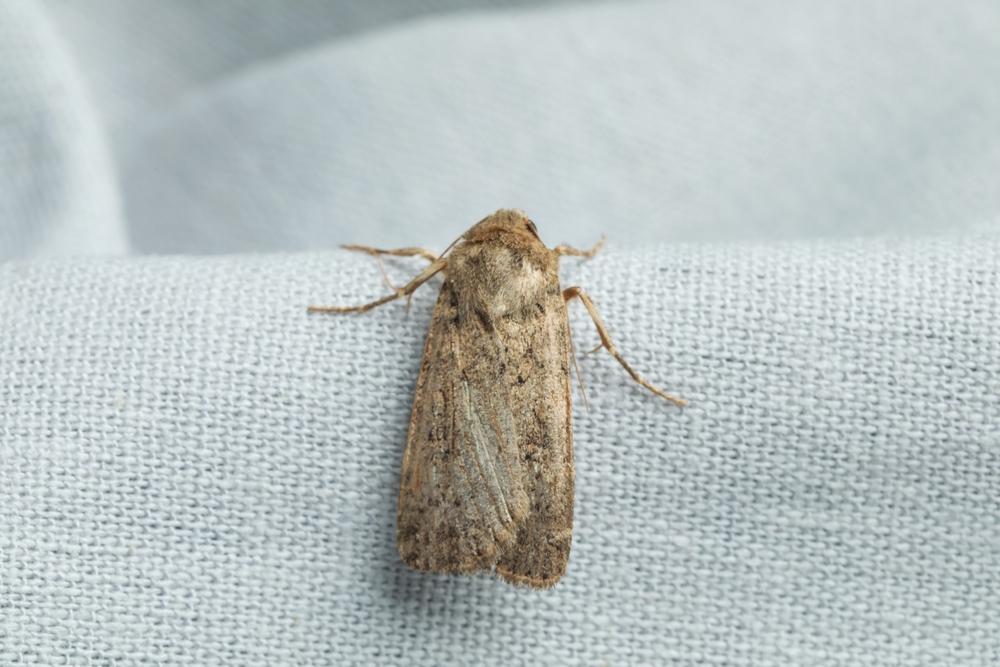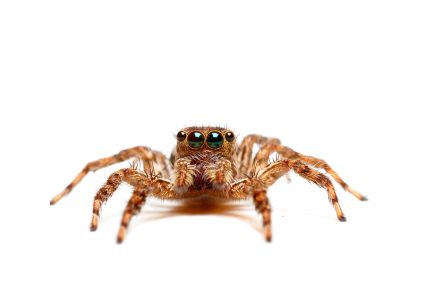
In this comprehensive guide, we will delve into the fascinating world of moths and their eggs, specifically addressing the question: “Does freezing kill moth eggs?” The answer is yes, but there’s more to it than just a simple affirmative. Let’s explore this topic in detail, backed by scientific studies and expert advice.
Yes, freezing can kill moth eggs. The process involves placing infested items in a sealed plastic bag and leaving them in a freezer set to below 0°F or -18°C for at least 72 hours. However, the effectiveness can depend on the type of moth, the temperature of your freezer, and the duration of exposure. It may be necessary to repeat the process to ensure complete eradication.
The Effect of Freezing Temperatures on Moth Eggs
Moth eggs are surprisingly resilient, but they are not invincible. An abrupt change from warm (70°F or 21°C) to freezing (0°F or -18°C) can effectively kill moth eggs, larvae, and even adult moths. This process, however, is not instant. To ensure the complete eradication of these pests, infested items should be sealed in plastic bags and placed in the freezer for at least 72 hours. Some sources, like English Heritage, recommend leaving the items in the freezer for up to two weeks.
The Science Behind Freezing Moth Eggs
The susceptibility of moth eggs to freezing temperatures varies among species. For instance, the eggs of the Mediterranean flour moth (Ephestia kuehniella) and the Indianmeal moth (Plodia interpunctella) are more susceptible to sub-zero temperatures compared to other life stages. However, some species, like the codling moth (Cydia pomonella), exhibit freeze-tolerance in their larvae, with survival rates ranging between 75-100% during winter.
Scientific studies by reputable institutions like the Mid-Atlantic Apiculture Research and Extension Consortium (MAAREC), the University of Kentucky, and English Heritage have all backed the effectiveness of freezing as a method to kill moth eggs, larvae, and adults.
The Practicality and Safety of Freezing
Compared to other moth eradication methods, freezing stands out as a safe, practical, and cost-effective solution. Unlike fumigation or chemical sprays, freezing does not introduce potentially harmful substances into your home.
However, it’s essential to remember that the effectiveness of freezing can depend on the specific type of moth, the temperature of your freezer, and the duration of exposure. Thus, it may be necessary to repeat the freezing process to ensure complete eradication.
Steps to Freeze Moth Eggs Effectively
If you’re a homeowner dealing with a moth infestation, here’s a step-by-step guide to using freezing temperatures to your advantage:
- Identify Infested Items: Look for signs of moth infestation, such as holes in clothing or broken strands of yarn.
- Prepare the Items: Ensure that the items to be frozen are at least 70°F (21°C) before placing them in the freezer.
- Bag the Items: Place the items in plastic bags and seal them tightly.
- Freeze the Items: Place the bagged items in a freezer set to below 18°F (-8°C).
- Leave the Items in the Freezer: Keep the items in the freezer for at least 72 hours.
- Remove the Items from the Freezer: After the freezing period, take the items out of the freezer and let them return to room temperature.
- Clean the Items: Once the items have thawed, clean them by laundering, dry cleaning, or vacuuming.
Preventing Moth Infestations
Prevention is always better than cure. Here are some best practices to prevent moth infestations:
- Clean your clothes before storing them.
- Store off-season clothing in airtight containers or bags.
- Use natural moth repellents like lavender and cedar.
- Keep your closet and storage areas clean and well-ventilated.
- Brush your clothing periodically.
By following these preventive measures, you can protect your clothes from moth infestations and keep them in good condition.
In conclusion, freezing does kill moth eggs, and it can be a safe, effective, and practical method for dealing with a moth infestation in your home. However, it’s crucial to remember that the process might need to be repeated, depending on the severity of the infestation and the specific type of moth. Regular prevention and inspection can help keep your belongings safe from these pests.
Frequently Asked Questions
What other pests can be killed by freezing?
Freezing is a common method used to kill a variety of pests, including bed bugs, dust mites, and certain types of beetles.
Can I use my regular home freezer to freeze moth eggs?
Yes, you can use your regular home freezer to freeze moth eggs. The temperature should be set to 0°F (-18°C) or below.
Do all moth species lay eggs that can be killed by freezing?
Most moth species’ eggs can be killed by freezing, but the effectiveness can vary depending on the species. Some moths, like the codling moth, have freeze-tolerant larvae.
How often should I repeat the freezing process?
The frequency of freezing depends on the severity of the infestation and the type of moth. However, as a general rule, you may need to repeat the process every few weeks until the infestation is completely eradicated.
Can I freeze any item to kill moth eggs?
Most items can be frozen to kill moth eggs, including clothing, bedding, and fabrics. However, some items may not be suitable for freezing, such as delicate fabrics, electronics, and items that could be damaged by moisture. Always check the care instructions of an item before freezing.












